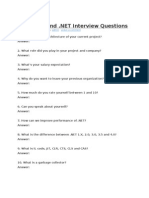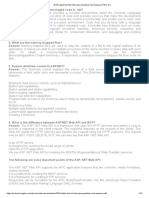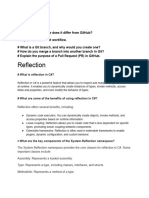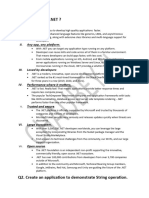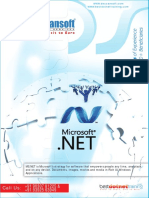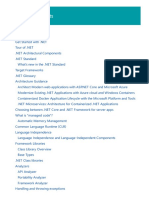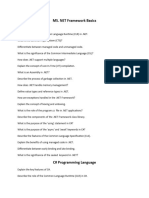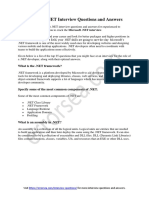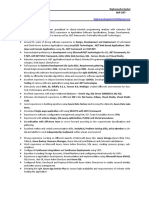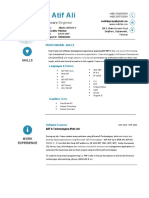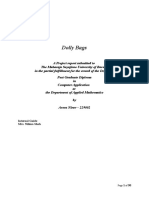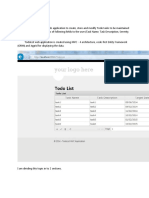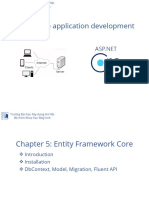0% found this document useful (0 votes)
201 views5 pages50 Infosys Dotnetnet Questions and Answers
The document provides a comprehensive guide with 50 interview questions and answers focused on .NET, covering topics such as the .NET Framework, C# language, ASP.NET, .NET Core, Entity Framework, and design patterns. It also includes information on professional career services offered by DotNetMaster, such as resume building, mock interviews, and training assistance. Additionally, it addresses behavioral questions and the latest features in .NET, making it a valuable resource for job seekers in the .NET field.
Uploaded by
AMIT BARANWALCopyright
© © All Rights Reserved
We take content rights seriously. If you suspect this is your content, claim it here.
Available Formats
Download as PDF, TXT or read online on Scribd
0% found this document useful (0 votes)
201 views5 pages50 Infosys Dotnetnet Questions and Answers
The document provides a comprehensive guide with 50 interview questions and answers focused on .NET, covering topics such as the .NET Framework, C# language, ASP.NET, .NET Core, Entity Framework, and design patterns. It also includes information on professional career services offered by DotNetMaster, such as resume building, mock interviews, and training assistance. Additionally, it addresses behavioral questions and the latest features in .NET, making it a valuable resource for job seekers in the .NET field.
Uploaded by
AMIT BARANWALCopyright
© © All Rights Reserved
We take content rights seriously. If you suspect this is your content, claim it here.
Available Formats
Download as PDF, TXT or read online on Scribd
/ 5








